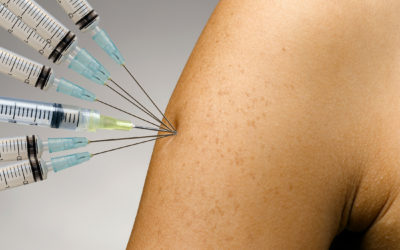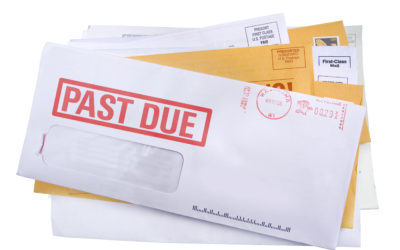Is Telemedicine in Amazon’s Future After Entry into Prescription Delivery Service?
December 2nd, 2020
- Amazon makes a $753 million acquisition of online pharmacy delivery service and launches Amazon Pharmacy
- They provide patients with prescriptions at their doorstep within days and pharmacists around the clock for any questions
- Next step should be the addition of virtual care services so that Amazon website can become a one-stop shop
In June 2018, Amazon (AMZN) announced a $750 million purchase of online pharmacy delivery service, PillPack.
PillPack has now been changed to Amazon Pharmacy, where patients can upload a prescription from their doctor and Amazon will deliver it to their front door in as quickly as two days.
With the prescription drug market growing in value every year and the need for remote healthcare now more than ever, the global online pharmacy market is looking to grow to >$130 billion by 2025. Although Amazon Pharmacy is currently restricted to the US, the demand and growth in revenue give it the possibility to expand worldwide.
The emergence of the coronavirus at the start of this year lead to an exponential increase in the use of telemedicine. Read LifeScite’s COVID Kickstarted Telemedicine Adoption With 4,000% Growth for more information on telemedicine and the role it has played during the pandemic.
What Does Amazon’s Interest Mean for Telemedicine?
Two telemedicine companies, Teladoc (TDOC) and Livongo (LVGO), announced the completion of their merger at the end of October. Their main focus is to deliver virtual care that is widely available and provides patients with the care they need for a multitude of clinical specialties.
The company claims the use of telemedicine is already on the rise and expected to grow every year. They claim that >$250 billion of current healthcare expenditure in the US can be virtualized and that their company will be able to provide this care.
Combined, Teladoc & Livongo want to digitalize the doctor’s visit. They even use an example of how together they can deliver whole-person care to a patient with hypertension from start to finish (see image below). Both companies provide help along different steps of the journey (ie. Teladoc-purple and Livongo-blue) however, they work together and even overlap to provide the patient with the best care.

They deliver virtual visits with healthcare professionals who consult the patient’s medical history and lab results and set out a plan towards wellness. They will also be able to deliver any necessary equipment right to the patient’s door and can monitor any changes through their Livongo Health Nudges app. Physicians can also write a prescription and have it delivered to the patient. This multifaceted way of providing care not only leads to better health outcomes for the patient, but also lowers the medical costs as well.
Now that Amazon, the most valuable public company in the world, is expanding into the healthcare sector, it is validating the telemedicine space. They already have pharmacists around the clock ready to answer any questions. They even deliver prescriptions provided by a patient’s regular doctor within a few days. Amazon’s next logical step could be to provide the virtual care services that companies like Teladoc and Livongo already deliver to their patients. Afterall, this is a $120B+ addressable market for Amazon. The one-stop shop has been Amazon’s motto in parallel fields such as grocery, with the Whole Foods acquisition.
Amazon’s Other Acquisitions Indicate There Is More To Follow in Telemedicine
While Amazon has maintained its status as the largest company for product sales, they have also expanded to services as well. The $13B acquisition of Whole Foods was mostly used to study the in-store grocery consumer mindset and use that knowledge to convert them into an online consumer. Their goal was to extend their delivery service into the food sector as well.
In line with this idea was the launch of Amazon Go and Amazon Go Grocery. Amazon has set up their own convenience and groceries stores around the US. Members scan their membership at the front of the store and can shop freely. No need to wait in line to check out, the app automatically updates the bill as you shop. You walk into the store, grab what you need and walk out. The charge is updated to your Amazon account. Watch a video of Amazon Go Grocery here.
It doesn’t stop there. Amazon also provides music and video streaming services like Amazon Music and Prime Video. They also have Amazon Home and Business Services where customers can contract verified professionals for home services. This service business was an attempt to compete with Angie’s List and Yelp.
As we can see, Amazon is en route to doing it all. They have conquered the delivery space and moved into grocery, web and home services as well. They have already started working into the healthcare space. All that’s left is providing patients with virtual care from physicians.
Amazon as a future competitor to Teladoc & Livongo remains to be seen. For the time being, investors are glad to have Amazon lend validation to moving healthcare digital.


